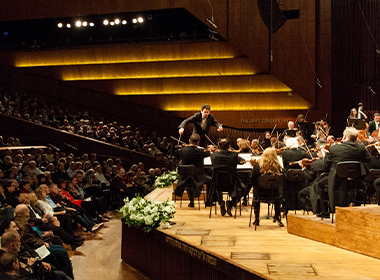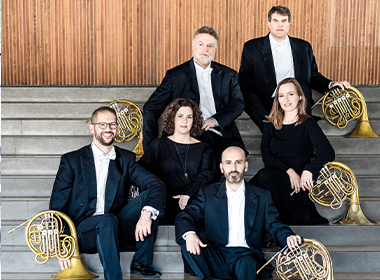Haydn’s Concerto in C Major, composed for the cello and one of Haydn‘s most popular concertos, was discovered fifty-six years ago on the shelf of a Prague library. Haydn composed the work for Joseph Weigl, principal cellist with the orchestra of the court of Prince Esterházy. If in Mahler’s symphony, as described below, the central image is taken from the world of visual art, the comparison here is to a solo opera singer who seeks to entertain the audience. This is felt primarily in the second movement. The operatic quality of the work derives from the humorous, genial lightness that is found in abundance in this concerto.
The best way to describe Mahler’s Seventh Symphony, which is one of his most challenging works, is to think of the music as a giant painting consisting of several parts. The vivid character of the work is evident in the wide range of instruments it requires. This includes a particularly large orchestra, heavy-sounding cowbells and, in contrast, a soft-sounding guitar and mandolin. Mahler’s muse did not serve him during the summer when he devoted himself to this work: “I had already said to myself that I would not compose a symphony that summer,” wrote Mahler to his wife Alma, “but at the thump of an oar on a boat returning to the coast, I heard the first sounds of the symphony.” The five-movement work has a symmetric structure: an opening movement, a concluding movement and in the middle, between two night movements, a scherzo. The atmospheric connection in the second movement is with Rembrandt’s famous painting “Nightwatch”; in the fourth movement, one can visualize Romeo strumming under Juliet’s balcony; and between the two is a scherzo that sounds like an impish version of “Midsummer Night’s Dream.” A work that captures many facets of the world–from the beautiful to the ugly–the seventh is Mahler’s most enthralling symphony.








 Back to top
Back to top




